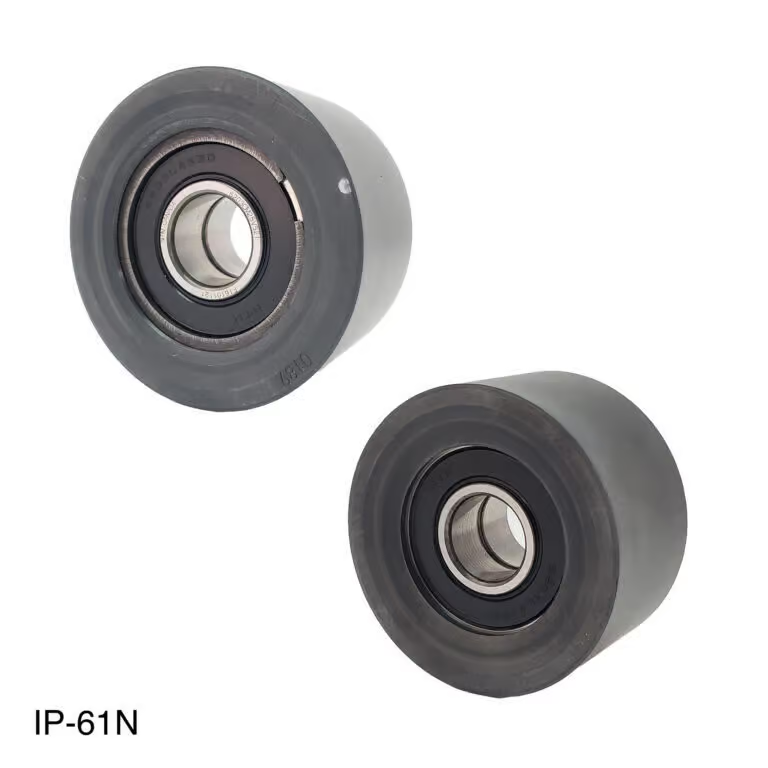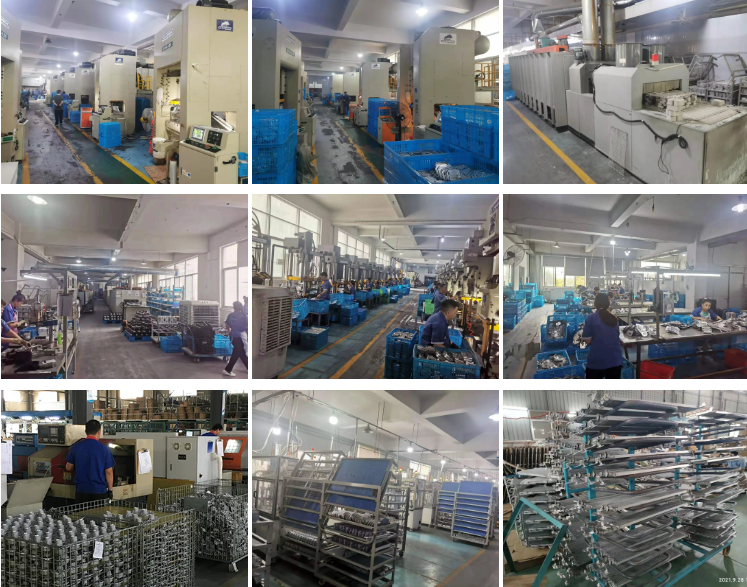What does an idler pulley do?
- Reduce Wear and Tear: The idler pulley helps to reduce the wear and tear on the serpentine belt by providing a smooth surface for the belt to run on.
- Adjust Belt Tension: It helps to maintain the proper tension of the serpentine belt, ensuring optimal performance of the engine components.
- Prevent Slipping: The idler pulley prevents the serpentine belt from slipping off other pulleys, ensuring that all components are properly powered.
- Reduce Noise: By providing a smooth and consistent surface for the belt to run on, the idler pulley helps to reduce noise during engine operation.
- Support Other Components: The idler pulley supports other engine components such as the alternator, water pump, and air conditioning compressor by maintaining proper belt tension.
What happens when an idler pulley goes bad?
- Squeaking or Grinding Noise: A bad idler pulley may produce squeaking or grinding noises during engine operation.
- Excessive Wear on Belt: It can cause excessive wear on the serpentine belt, leading to premature failure.
- Overheating: A faulty idler pulley can cause the engine to overheat due to improper belt tension.
- Loss of Power Steering: If the idler pulley fails, it may lead to a loss of power steering, making it difficult to steer the vehicle.
- Complete Belt Failure: In severe cases, a bad idler pulley can lead to complete serpentine belt failure, resulting in the loss of power to engine components.
Does idler pulley need to be replaced?
- Regular Inspection: It is recommended to regularly inspect the idler pulley for signs of wear and tear.
- Unusual Noises: If you hear any unusual noises coming from the engine, it may indicate a faulty idler pulley that needs to be replaced.
- Visible Damage: Visible signs of damage such as cracks or wear on the idler pulley are indicators that it needs to be replaced.
- Increased Vibrations: Increased vibrations while driving can be a sign of a failing idler pulley.
- Preventative Maintenance: As part of preventative maintenance, it is a good idea to replace the idler pulley along with the serpentine belt at regular intervals.
Advantages of Idler Pulley
- Enhances Belt Longevity: Helps to extend the life of the serpentine belt.
- Improves Engine Performance: Ensures optimal performance of engine components.
- Reduces Maintenance Costs: Prevents costly repairs due to belt failure.
- Quieter Engine Operation: Helps to reduce noise during engine operation.
- Ensures Safety: Maintains proper belt tension for safe driving.
Process of Compound Pulley
Mold:
The mold for the compound pulley is carefully designed to ensure precision and consistency in the final product.
Casting:
The raw materials are melted and poured into the mold to create the shape of the pulley.
Raw Materials:
High-quality materials are used to ensure durability and performance of the pulley.
Production:
The pulley is produced using advanced manufacturing techniques to meet industry standards.
Testing:
Each pulley undergoes rigorous testing to ensure quality and performance.
Antirust Treatment:
The pulley receives a special antirust treatment to protect it from corrosion.
Seperate Inspection:
Each pulley is individually inspected to guarantee quality and precision.
Marking:
Finally, the pulley is marked with relevant information for identification and traceability.
What is the function of the tensioner and idler pulley?
- Ensure Proper Belt Tension: The tensioner and idler pulley work together to maintain the correct tension of the serpentine belt.
- Prevent Belt Slippage: They prevent the belt from slipping off other pulleys, ensuring smooth operation of engine components.
- Support Engine Components: The tensioner and idler pulley support various engine components by maintaining proper belt tension.
- Reduce Noise: By providing a smooth surface for the belt to run on, they help to reduce noise during engine operation.
- Enhance Engine Performance: They contribute to optimal performance of the engine by ensuring all components are properly powered.
How to stop an idler pulley from squeaking?
- Inspect for Damage: Check the idler pulley for any visible signs of damage or wear.
- Lubricate the Pulley: Apply a suitable lubricant to the idler pulley to reduce friction and eliminate squeaking.
- Adjust Belt Tension: Ensure that the serpentine belt is properly tensioned to prevent squeaking.
- Replace the Pulley: If the idler pulley is severely damaged, consider replacing it with a new one.
- Seek Professional Help: If the squeaking persists, consult a mechanic for further diagnosis and repair.
About HZPT
HZPT, established in 2006, is a leading manufacturer of precision transmission components based in Hangzhou. We specialize in producing various components and can customize products to meet your specific requirements. Our company has a strong reputation in Europe and America for providing top-quality products, competitive prices, and excellent service.



